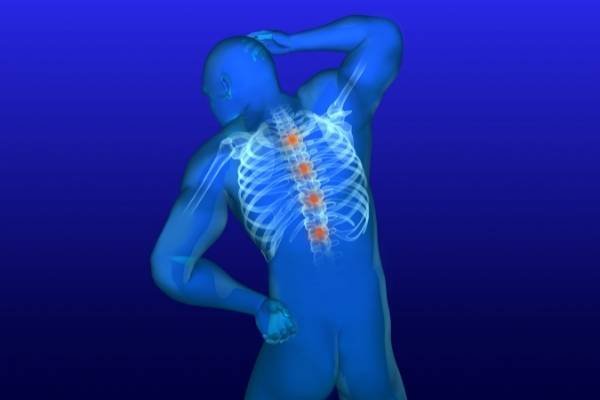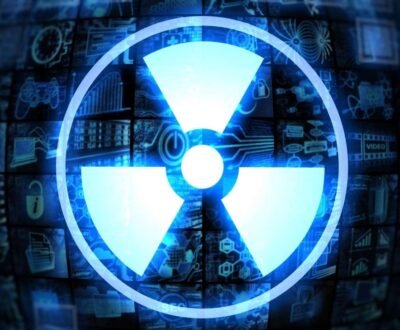The imaging assessment of trauma patients has undergone dramatic changes over the past several years. Specifically, when spine injury is suspected, there has been a shift from radiography to multidetector computed tomography (CT), which provides faster and more accurate evaluation of the spine.

During the early 1990s, discussions regarding spine imaging concentrated on how many radiographic views were needed for optimal assessment of the cervical spine, and CT was used as a problem-solving tool for inadequately shown segments of the spine, typically the craniocervical and cervicothoracic junctions. The increasing availability of first-generation volumetric CT brought new ways for faster imaging of trauma patients. Protocols were developed that were based on scanning the entire cervical spine, allowing for multiplanar display by using reformatted images from the axial data set. At first, reformations were of suboptimal quality and radiography was still deemed necessary, particularly for adequate evaluation of vertebral alignment and of transversely oriented fractures. Over the past decade, the development of multidetector CT has allowed faster volumetric acquisition with thin collimation and routine isotropic and multiplanar display, which has obviated routine radiography when multidetector CT is available. In the trauma setting, multidetector CT is used concurrently to assess other body regions, and the spine can easily be included as part of multisegment scan. Multidetector CT also allows generation of high-quality multiplanar two- and three-dimensional images for improved interpretation. Adequate thoracic and lumbar spine images can also be obtained from the chest and abdominal CT data (1). Multidetector CT provides a faster and more comprehensive display of spinal anatomy than does radiography, and, more important, it has shown a much higher sensitivity than radiography for fracture detection. In addition, multidetector CT introduces the opportunity for simultaneous assessment of the cervical region for vascular injuries if intravenous contrast material is used.
Despite all these advantages of multidetector CT, clearing the cervical spine in patients suspected of having an injury continues to be a daily challenge in clinical practice. Approximately 3 million patients per year with spinal trauma are cared for in emergency departments across the United Stated and Canada (2). Although the incidence of spine and cord injuries is low, cervical spine fractures may not be clinically obvious, and missing an injury can result in devastating consequences. This degree of uncertainty has introduced great variability in the imaging approach that allows one to adequately rule out cervical spine injury in trauma patients and has resulted in increasingly liberal utilization of imaging resources. It is estimated that $3.4 billion is spent in the United States to image the cervical spine (3). It is clear that even if multidetector CT is accepted as a valuable imaging resource, there should be no reason to perform multidetector CT in all trauma patients just because it is available, as this practice would result in inappropriate utilization with unjustifiable levels of radiation exposure and health care cost.
In light of these comments, the purpose of this review is to present the evidence and the controversies surrounding the practice of imaging in patients suspected of having a spine injury. Our discussion will be centered on the increasing reliance on multidetector CT in the work-up of these patients but will also consider the important contributions of clinical trials for selecting patients for appropriate imaging on the basis of risk and probability of injury. Available protocols, injury classification systems, and issues awaiting future research will be addressed.
About us and this blog
We are a teleradiology service provider with a focus on helping our customers to repor their radiology studies. This blog brings you information about latest happenings in the medical radiology technology and practices.
Request a free quote
We offer professional teleradiology services that help hospitals and imaging centers to report their radiology cases on time with atmost quality.
Subscribe to our newsletter!
More from our blog
See all postsRecent Posts
- Understanding the Challenges of Teleradiology in India January 19, 2023
- Benefits of Teleradiology for Medical Practices January 16, 2023
- Digital Transformation of Radiology January 2, 2023









